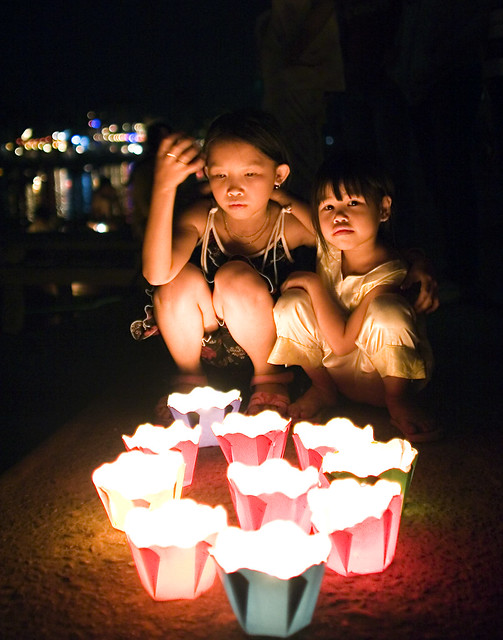I finally found my password and so am blogging again! Here are some of my friends here in Vietnam.
Rakka and Ashley are the Fulbright Ph.D. students here in Vietnam this year. I am lucky enough to have both Ashley and her husband James living down the street from me, while Rakka, who is working on the epidemiology of dengue fever in the Mekong Delta, lives in Hanoi!
Here I am, leaving Hanoi, with Diane (who specializes in higher education) and Pam (who is a legal professor), and one of Diane's Vietnamese contacts. Diane and Pam live in Ho Chi Minh City (Saigon).
Here, James and Pam sip some rice wine as a part of a bonding experience in Mai Chau village, outside of Hanoi. We also had a nice walk in the countryside and through a village near Mai Chau.
Our farewell dinner in Hanoi, with Miss Thu Huong, the assistant in charge of the US Fulbright Scholar Program in the US Embassy in Hanoi.
I took James and Ashely shopping at a wonderful papergoods shop in Saigon two weeks ago. We even had a chance to taste some lovely Vietnamese noodles with fresh herbs and fried spring rolls on top!
Last, but not least, is my friend and colleague at the Mekong Delta Development Research Institute, Dang, who recently completed his MSc in Development Studies in Geneva, Switzerland. Dang went with Ashley, James, and I and the English Teaching Assistant peering over his seat, Kate, to have dinner with the vice-consul and his family in Saigon. Way too much fun was had by all!
Here, Dang and I join an international businessman, Jake, at Bobby Chinn's restaurant in Saigon, after our official Fulnright dinner. Bobby Chinn has more than one tv show on cooking and makes delicious grapes encrusted with goat cheese and nuts--yum!





















































